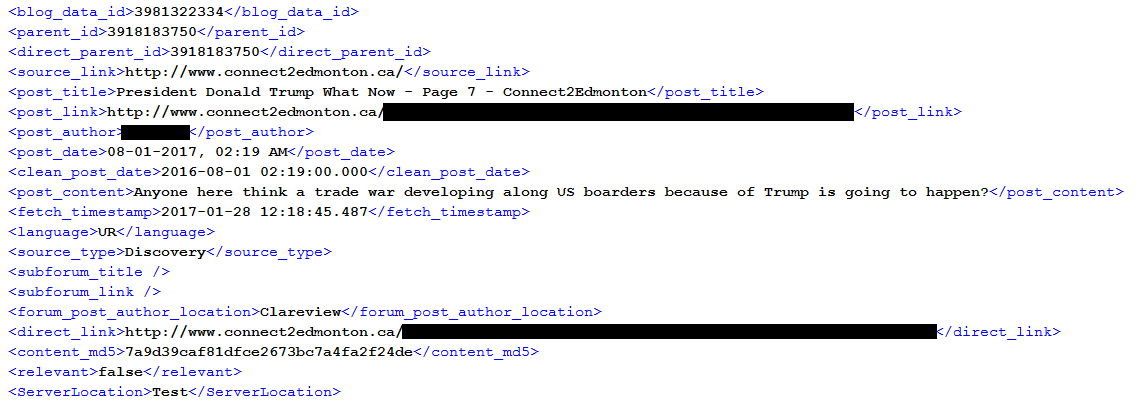Dutch Newspaper De Volkskrant has published the story of how the Dutch Intelligence Services (AIVD) hacked the infamous Russian hacking group Cosybear / APT29 and monitored how they hacked into the US and how this was fought withe the Americans. Also on the aftermath of these findings being made public by the Trump Administration. Another country now deeply skeptical to sharing Intel with the US along the previous leaks made this year.
[Update] More info can be found at Nieuwsuur.




